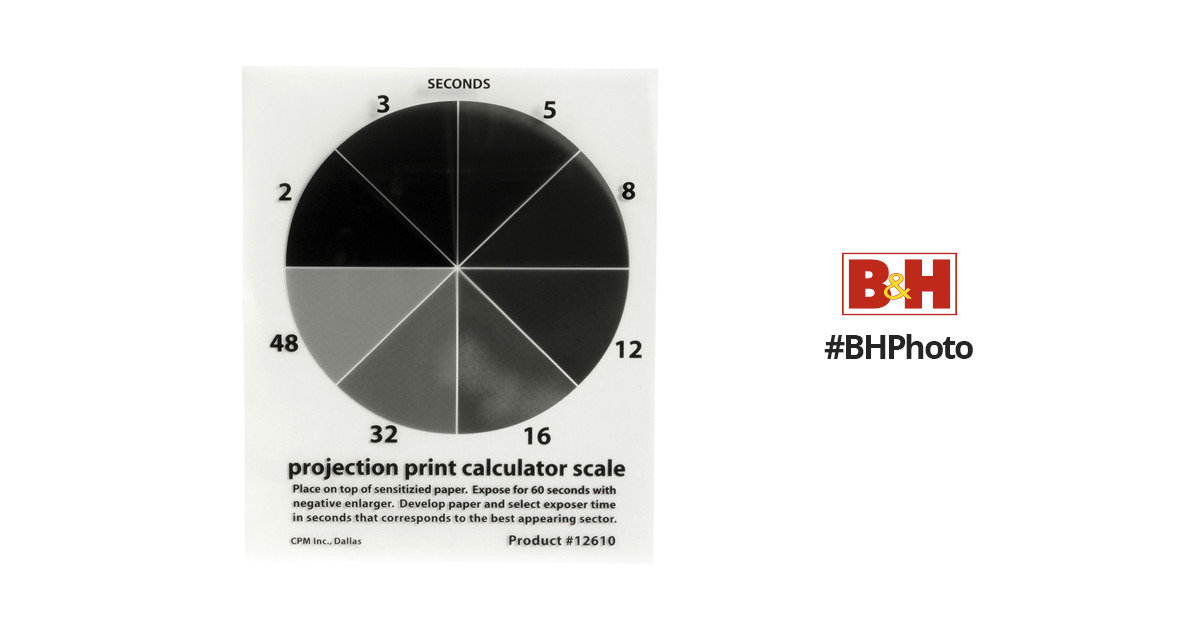just how many times have you posted that image and qoute on this site? Just really curious as it seems to be your stock answer to most "basic' dark room questions.
And at same time, should i spend money on a book that talks about working cibachrome when cibachrome no longer exists for LONG long time?
He does have a point.
Based on your admitted experience level, books are a very good idea.
Some are practical with little/no theory, some have a LOT of theory that can be hard to understand, and everything in between.
You have to read them to see which ones work for YOU. And sometimes use more than just one book.
The heavy theory books, while difficult to understand now, will become easier to understand as you gain experience.
If you are printing B&W, why waste your time reading about printing Cibachrome.
Especially since you cannot print with it anyway.
As for test strips:
You answered your own question.
Quotes:
And what works for one
(frame) wont work for another frame if the rule of a test strip for each image is based on fact.
how would you define equal density?
I have done rolls of film on one aperture, and one shutter speed, and the same box iso used.. but there were WIDE differences in density
End quotes:
If the negative density is very different, frame to frame, this tells me that you may not understand exposure on the camera side. Shooting at
ONE aperture and shutter speed in different light conditions WILL result in different exposure on the film. And thus different negative density, from unprintable light to unprintable DARK.
IMHO, you need to understand exposure in the camera, and get a decent handle on it, BEFORE you work on printing. Fix the source of the problem, not the result.
As for your negatives. If as you say, the density is very different from frame to frame, then the correct print exposure will be different for each frame. Therefore, you need to do a test strip for each frame, where the density is different.
For exposure, try using this, instead of doing a traditional test strip:
Buy Delta 1 Projection Print Calculator Scale 4x5" Review Delta 1 null
Density range is the difference between the clearest part of the film and the darkest (that has shadow image).
Without a meter, this is hard to determine, especially for a newbie.
The only time that I could "eyeball" the density range was when I was printing regularly, as in every day for MONTHS. Once I cut back, to a hobby schedule, I could not eyeball it. I had to start using a meter and/or evaluating a test print.
Negative density range affects the printing paper grade used, so this is important to understand. Read the books.



![[No title]](/data/xfmg/thumbnail/36/36644-d48bde7a35945a119c05c18e8c748c27.jpg?1734169161)



![[No title]](/data/xfmg/thumbnail/32/32809-afb9514cb8c02e2e41c241946e185251.jpg?1734162494)






![[No title]](/data/xfmg/thumbnail/36/36643-92fe0dd9e247722bfefe299cd8a549f5.jpg?1734169157)